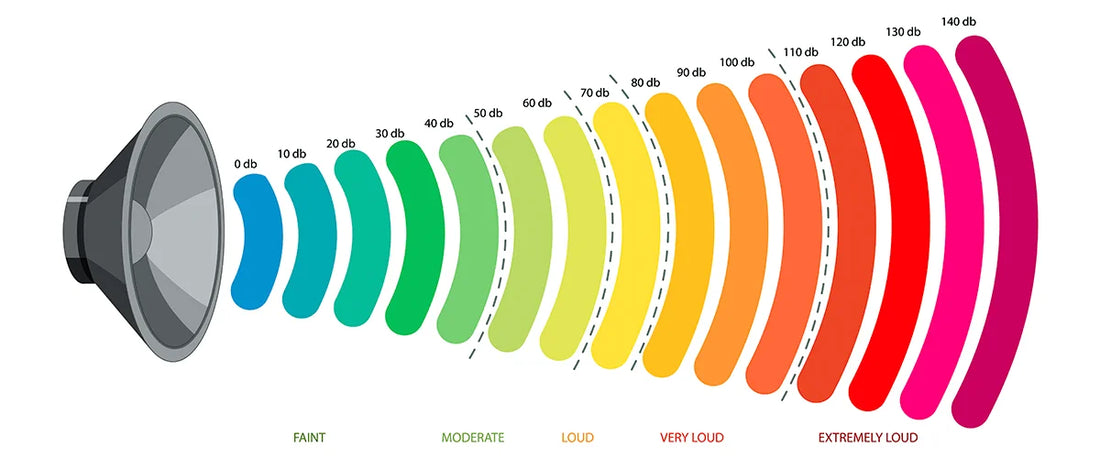Have you ever wondered how sound is measured and compared? In the world of acoustics, decibels play a crucial role in quantifying sound levels. Let's dive into the world of decibels and explore everything you need to know about this unit of measurement.
What are Decibels?
Decibels, often abbreviated as dB, are a unit of measurement used to express the intensity of a sound or the power level of an electrical signal. This logarithmic scale allows us to compare different sound levels accurately.
How are Decibels Measured?
Decibels are measured on a logarithmic scale, which means that a small change in decibels corresponds to a significant change in sound intensity. For example, an increase of 10 dB represents a tenfold increase in sound intensity.
Decibel Chart
Here is a simple decibel chart to give you an idea of common sound levels:
| Sound Source | Decibel Level |
|---|---|
| Whisper | 30 dB |
| Normal Conversation | 60 dB |
| City Traffic | 85 dB |
| Rock Concert | 110 dB |
| Jet Engine | 140 dB |
Protecting Your Hearing
Prolonged exposure to sounds above 85 dB can cause hearing damage. It's essential to protect your ears in loud environments by using earplugs or earmuffs. Remember, prevention is key when it comes to preserving your hearing health.
Conclusion
Decibels are a powerful tool for measuring sound levels accurately. By understanding decibels and their implications, you can make informed decisions to protect your hearing and maintain a healthy environment. Remember, knowledge is the first step towards a safer and more enjoyable auditory experience.
